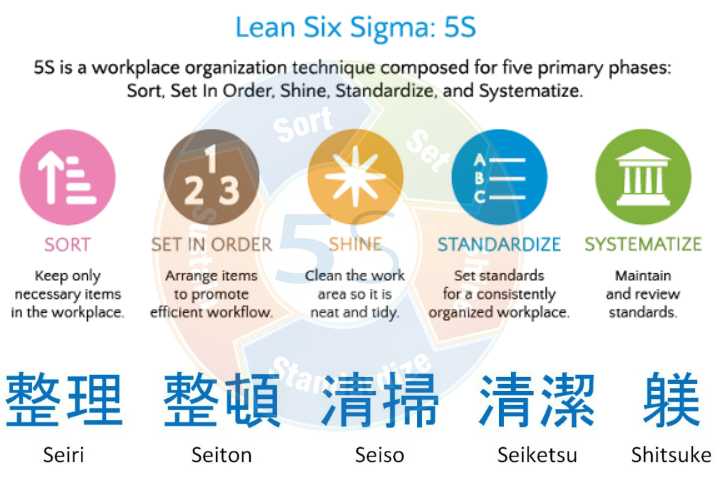
5S methodology - the SECRET to Japanese SUCCESS
Last updated: August 19, 2024 Read in fullscreen view
- 01 Apr 2022
 Ishikawa (fishbone) diagram in software project management 2720
Ishikawa (fishbone) diagram in software project management 2720 - 09 Sep 2022
 Kaizen, Kaikaku and Kakushin – what’s the difference? 2480
Kaizen, Kaikaku and Kakushin – what’s the difference? 2480 - 24 Nov 2022
 Genba Genbutsu Genjitsu (3Gs), (Go to the Genba & see for yourself!) 2479
Genba Genbutsu Genjitsu (3Gs), (Go to the Genba & see for yourself!) 2479 - 01 Aug 2024
 The Standish Group report 83.9% of IT projects partially or completely fail 1335
The Standish Group report 83.9% of IT projects partially or completely fail 1335 - 02 Nov 2021
 What is Terms of Reference (ToR)? 1283
What is Terms of Reference (ToR)? 1283 - 02 Feb 2022
 Yokoten: Best Practice Sharing from a success 1158
Yokoten: Best Practice Sharing from a success 1158 - 03 Apr 2022
 Microsoft Solutions Framework (MSF) 1032
Microsoft Solutions Framework (MSF) 1032 - 18 Oct 2021
 Key Elements to Ramping Up a Large Team 989
Key Elements to Ramping Up a Large Team 989 - 13 Apr 2024
 Lessons on Teamwork and Leadership from Chinese story book "Journey to the West" 736
Lessons on Teamwork and Leadership from Chinese story book "Journey to the West" 736 - 03 Jan 2024
 What is the Ringi process? 720
What is the Ringi process? 720 - 09 Sep 2022
 What is 5 Whys (Five Whys)? 707
What is 5 Whys (Five Whys)? 707 - 10 Dec 2021
 What is a Kano Analysis? 704
What is a Kano Analysis? 704 - 17 Mar 2023
 Reduce waste in software development with 3M model: Muda, Mura, Muri 704
Reduce waste in software development with 3M model: Muda, Mura, Muri 704 - 13 Jul 2022
 Applying the business mantra "HORENSO" to Achieve 360-degree Communication 698
Applying the business mantra "HORENSO" to Achieve 360-degree Communication 698 - 01 Dec 2023
 What is Amoeba Management? 693
What is Amoeba Management? 693 - 20 Jul 2022
 Software Myths and Realities 665
Software Myths and Realities 665 - 29 Aug 2022
 Difference between Kaizen and Innovation 626
Difference between Kaizen and Innovation 626 - 02 May 2022
 What Is RAID in Project Management? (With Pros and Cons) 613
What Is RAID in Project Management? (With Pros and Cons) 613 - 27 Aug 2022
 Kaizen - Culture of Continuous Improvement and Lean Thinking 585
Kaizen - Culture of Continuous Improvement and Lean Thinking 585 - 14 Jun 2022
 Example and Excel template of a RACI chart in Software Development 581
Example and Excel template of a RACI chart in Software Development 581 - 15 Jul 2022
 Hansei Methodology: Continuously Engaging People in Improvement 559
Hansei Methodology: Continuously Engaging People in Improvement 559 - 18 Dec 2023
 The Cone of Uncertainty in Scrum & Requirement Definition 556
The Cone of Uncertainty in Scrum & Requirement Definition 556 - 01 Mar 2022
 The Toyota Way Management Principles 554
The Toyota Way Management Principles 554 - 01 Jan 2023
 How To Use Poka-Yoke (Mistake Proofing) Technique To Improve Software Quality 540
How To Use Poka-Yoke (Mistake Proofing) Technique To Improve Software Quality 540 - 13 Jan 2020
 Quiz: Test your understanding project cost management 533
Quiz: Test your understanding project cost management 533 - 15 Apr 2022
 Total Quality Management (TQM) - Japanese-style management approach to quality improvement. 519
Total Quality Management (TQM) - Japanese-style management approach to quality improvement. 519 - 10 Nov 2021
 Automated QA Outsourcing – Hire a Professional Software Testing Team 484
Automated QA Outsourcing – Hire a Professional Software Testing Team 484 - 06 Jun 2022
 HEIJUNKA: The art of leveling production 418
HEIJUNKA: The art of leveling production 418 - 19 Sep 2022
 Jidoka in Software Development and Odoo ERP/MRP 410
Jidoka in Software Development and Odoo ERP/MRP 410 - 27 Jan 2020
 Should a project manager push developers to work more hours due to mistakes of manager schedule setting? 401
Should a project manager push developers to work more hours due to mistakes of manager schedule setting? 401 - 02 Nov 2023
 Unlocking Success with The Amoeba Management Model: Key Lessons, Pros & Cons, and Finding the Perfect Fit 374
Unlocking Success with The Amoeba Management Model: Key Lessons, Pros & Cons, and Finding the Perfect Fit 374 - 07 Jul 2022
 Managing Project Execution Terms 336
Managing Project Execution Terms 336 - 03 Jan 2023
 Organizing your agile teams? Think about M.A.T (Mastery, Autonomy, Purpose) 330
Organizing your agile teams? Think about M.A.T (Mastery, Autonomy, Purpose) 330 - 12 Aug 2022
 What is End-to-end project management? 329
What is End-to-end project management? 329 - 17 Oct 2021
 Does Fast Tracking increase project cost? 308
Does Fast Tracking increase project cost? 308 - 26 Sep 2024
 Successful Project Management Techniques You Need to Look Out For 304
Successful Project Management Techniques You Need to Look Out For 304 - 10 Apr 2024
 The Parking Lot Method: Unlocking a Simple Secret to Supercharge Your Productivity 303
The Parking Lot Method: Unlocking a Simple Secret to Supercharge Your Productivity 303 - 09 May 2022
 Build one to throw away vs Second-system effect: What are differences? 280
Build one to throw away vs Second-system effect: What are differences? 280 - 06 Jun 2022
 Change Management at the Project Level 275
Change Management at the Project Level 275 - 04 Mar 2024
 Tree Ring Management: Take the Long Term View and Grow Your Business Slowly 256
Tree Ring Management: Take the Long Term View and Grow Your Business Slowly 256 - 01 Jun 2020
 Japan Business Review (JBR) 244
Japan Business Review (JBR) 244 - 22 May 2022
 What are common mistakes that new or inexperienced managers make? 236
What are common mistakes that new or inexperienced managers make? 236 - 01 Aug 2022
 Is planning "set it and forget it" or "set it and check it"? 236
Is planning "set it and forget it" or "set it and check it"? 236 - 15 May 2022
 20 Common Mistakes Made by New or Inexperienced Project Managers 230
20 Common Mistakes Made by New or Inexperienced Project Managers 230 - 12 Mar 2022
 The u-Japan concept 224
The u-Japan concept 224 - 02 Nov 2022
 Difference between Change Management and Project Management 196
Difference between Change Management and Project Management 196 - 02 Apr 2022
 Productivity vs. Efficiency – What Are the Differences? 189
Productivity vs. Efficiency – What Are the Differences? 189 - 02 Dec 2021
 3 Ways to Avoid Scope Creep in IT Consulting 185
3 Ways to Avoid Scope Creep in IT Consulting 185 - 02 Jun 2024
 Reviving Ancient Wisdom: The Spiritual Side of Project Management 184
Reviving Ancient Wisdom: The Spiritual Side of Project Management 184 - 07 Dec 2023
 The Myths Of Requirements 181
The Myths Of Requirements 181 - 24 Nov 2023
 The project management paradox: Achieving MORE by doing LESS 174
The project management paradox: Achieving MORE by doing LESS 174 - 10 May 2022
 Levels of Teamwork 166
Levels of Teamwork 166 - 30 Nov 2023
 Project Managers, Focus on Outcomes — Not Deliverables 139
Project Managers, Focus on Outcomes — Not Deliverables 139 - 07 Dec 2023
 12 project management myths to avoid 139
12 project management myths to avoid 139 - 23 Jun 2024
 Best Practices for Managing Project Escalations 124
Best Practices for Managing Project Escalations 124 - 21 Jun 2024
 Dead Horses and the Escalation of Commitment 121
Dead Horses and the Escalation of Commitment 121 - 01 Mar 2024
 10 Project Management Myths 107
10 Project Management Myths 107 - 05 Jun 2023
 Fractional, Part-Time (virtual) or Interim CTO: Who Will Cover Your Business Needs? 94
Fractional, Part-Time (virtual) or Interim CTO: Who Will Cover Your Business Needs? 94 - 07 Mar 2023
 Japan’s Unusual Farming Strategy: Renting Land and Leaving It Fallow for 5 Years — Here’s the Truth… 26
Japan’s Unusual Farming Strategy: Renting Land and Leaving It Fallow for 5 Years — Here’s the Truth… 26
Today, the concept of quality and quality management are not strange to Vietnam enterprises. With the purpose of improving competitiveness in the market, every business must choose its own direction in business as well as in business management practices. However, no matter which way of business the enterprises have chosen yet, or which types of technology the enterprises invested in, humans are still the deciding factor for business success in the industry. Derived from the definition “human philosophy is the center of all development”, 5S methodology was applied in Japan as a platform to successfully apply to quality management system. 5S creates a cleaner environment, convenience and helps the organization / enterprise enable the quality management system application, creating trusts to the customers.
What Does 5S Stand For?
5S, sometimes referred to as 5s or Five S, refers to five Japanese terms used to describe the steps of the 5S system of visual management. Each term starts with an S. In Japanese, the five S's are Seiri, Seiton, Seiso, Seiketsu, and Shitsuke. In English, the five S's are translated as “Sort”, “Set in order”; “Sweep”; “Standardize” and “Sustain” respectively.
There are five key practices involved in 5S. They are as follows:
| Japanese Term | American Term | Definition |
|---|---|---|
| SEIRI (整理) |
Sort | Sort through materials, keeping only the essential items needed to complete tasks. (This action involves going through all the contents of a workspace to determine which are needed and which can be removed. Everything that is not used to complete a work process should leave the work area.) |
| SEITON (整頓) |
Set in Order | Ensure that all items are organized and each item has a designated place. Organize all the items left in the workplace in a logical way so they make tasks easier for workers to complete. This often involves placing items in ergonomic locations where people will not need to bend or make extra movements to reach them. |
| SEISO (清掃) |
Shine | Proactive efforts to keep workplace areas clean and orderly to ensure purpose-driven work. This means cleaning and maintaining the newly organized workspace. It can involve routine tasks such as mopping, dusting, etc. or performing maintenance on machinery, tools, and other equipment. |
| SEIKETSU (清潔) |
Standardize | Create a set of standards for both organization and processes. In essence, this is where you take the first three S's and make rules for how and when these tasks will be performed. These standards can involve schedules, charts, lists, etc. |
| SHITSUKE (躾) |
Sustain | Sustain new practices and conduct audits to maintain discipline. This means the previous four S's must be continued over time. This is achieved by developing a sense of self-discipline in employees who will participate in 5S. |
- 5S Seiri or Sort is the first step in 5S, it refers to the sorting of the clutter from the other items within the work area that are actually needed. This stage requires the team to remove all items that clearly do not belong in the working area and only leave those that are required for the processes in question.
- 5S Seiton or Straighten is the process of taking the required items that are remaining after the removal of clutter and arranging them in an efficient manner through the use of ergonomic principles and ensuring that every item “has a place and that everything is in its place.”
- 5S Seiso or Sweep is the thorough cleaning of the area, tools, machines and other equipment to ensure that everything is returned to a “nearly new” status. This will ensure that any non-conformity stands out; such as an oil leak from a machine onto a bright, newly painted clean floor.
- 5S Seiketsu or Standardize is the process of ensuring that what we have done within the first three stages of 5S become standardized; that is we ensure that we have common standards and ways of working. Standard work is one of the most important principles of Lean manufacturing.
- The final stage is 5S Shitsuke or Sustain, ensuring that the company continue to continually improve using the previous stages of 5S, maintain housekeeping, and conduct audits and so forth. 5S should become part of the culture of the business and the responsibility of everyone in the organization.
Reasons for implementing 5S
Implementing 5S requires the participation of everyone in the organization/businesses. It's an effective method to mobilize the human, improve the working environment and promote the productivity. Principles of 5S practice is very simple, which do not require using any complex terms or method in the operating process. Successful implementation will help organizations / businesses achieve higher productivity through these below:
- Seiri (Screening): is screening unnecessary items in the workplace and eliminate them.
- Seiton (Sort): Sort things organized, according to a certain order, making it convenient when using
- Seiso (Clean): hygiene in the workplace so that no trash or dirt appear in the working place (including on the floor, machinery and equipment).
- Seiketsu (Care): is always caring, always keeping the workplace clean, convenient and productive by continuously implement Seiri, Seiton, Seiso.
- Shitsuke (Ready): Create a routine by yourself, maintain convenient working environment.
Basic factors to implement 5S successfully
- With the application of advanced tools of quality performance, the pressure practical application 5S requires the commitment and support of top management through appointing the implementation, focusing on resources, funds and time;
- Training and guidance of all employees in the organization / enterprise so that they all understands the objectives, meanings and methods for implementation. Since then each department / workshop can actively make plans to implement in their units.
- The involvement of all staff is the keys to success of the program 5S methodology. The main purpose of 5S is to create an environment that encourages people to actively participate in, promote the initiative and maintain clean work environment, convenient and safe;
- Maintaining and continuously improve, creating an active principle in the organizations/- businesses nest to ensure the effectiveness of the management and business.
Advantages of using 5S methodology
- Clean work place: Improves workplace safety, fewer hazards
- Establishes standards for operating equipment and conducting processes.
- Less spending on replacing lost or damaged items
- Less stress and tiredness
- Reduced search time
- Reduced lead time and cycle time
- Reduction in materials handlingReduced changeover time
- Improved appearance of the facility and expectation for compliance to maintain that condition = Better impression on clients
- Increased floor space:Decrease in flow distance
- Reduced equipment breakdowns
- Improved morale and pride in the workplace: Greater self-esteem
- Improvement of communication
- Increase in productivity: Greater efficiency in achieving goals
- Better and constant quality of products, services
- Greater readiness for new tasks:Training time reduced for new employees
Disadvantages of using 5S method methodology
The major problems with5S appear when it is not properly understood, used or implemented.
- Misunderstanding of what 5S accomplishes
- Resistance to change: Many people are habitual what they are doing , if we ask them to stop what they are doing probably they start to resist.
- Lack of awareness: Most of the people are not awared about the importance of 5S. Usually they are not trained to. Changing people’s behaviour is not easy, but not impossible either.
- Not addressing real problems in the workplace
- Lack of management support
Conclusion
5S application can be applied in any organization/enterprise: management, production, services, trade. 5S application successfully creates a clean, healthy and safe working environment, bringing great effects and success to the enterprise. Do not hesitate any more, let’s continue the programs to improve productivity and quality by applying 5S methodology!
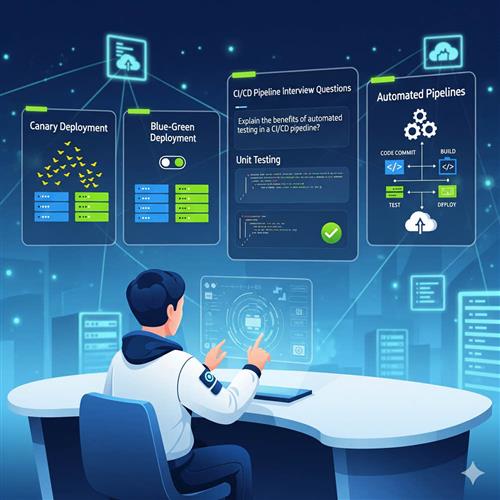
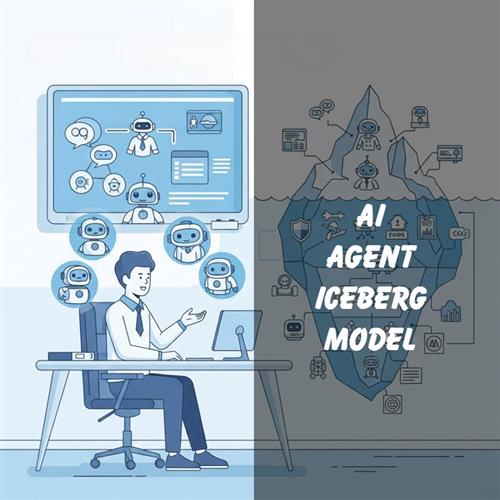
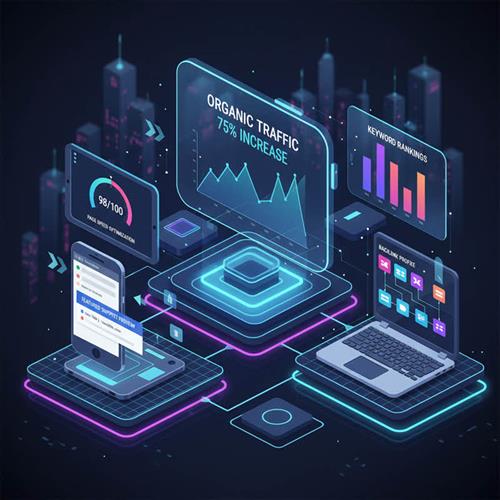
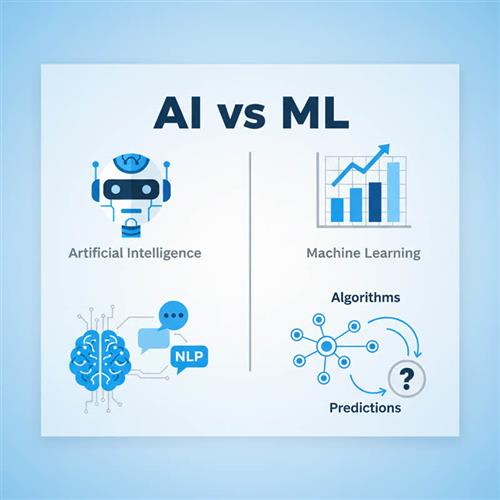
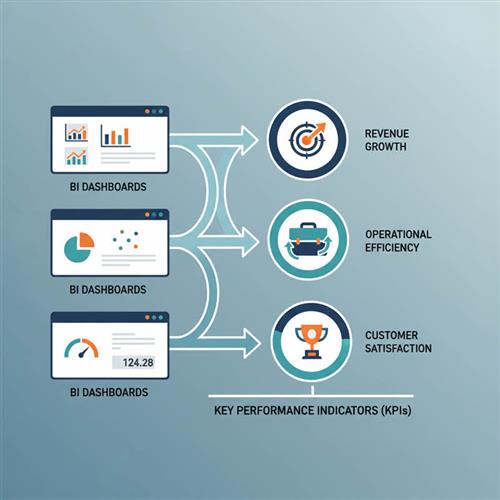

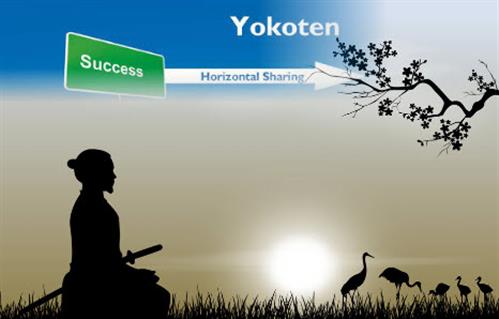


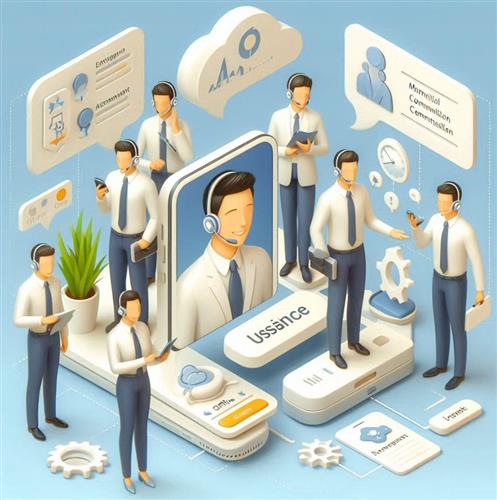
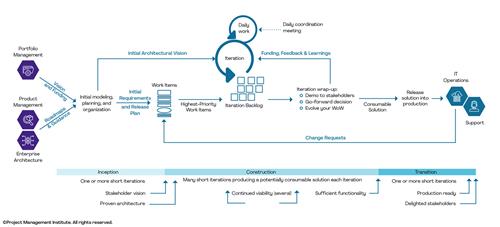
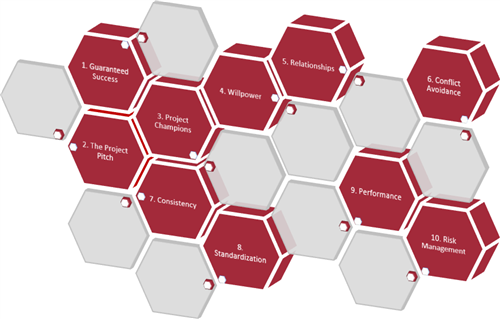


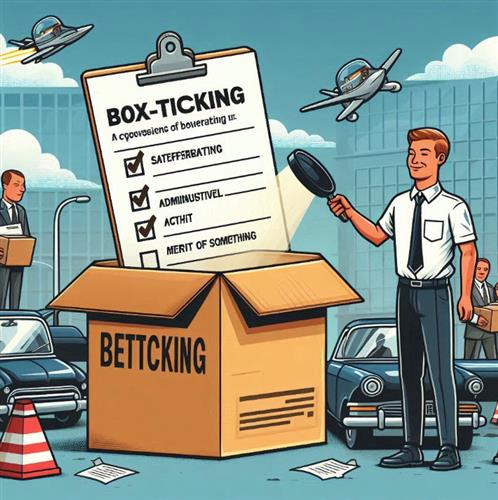

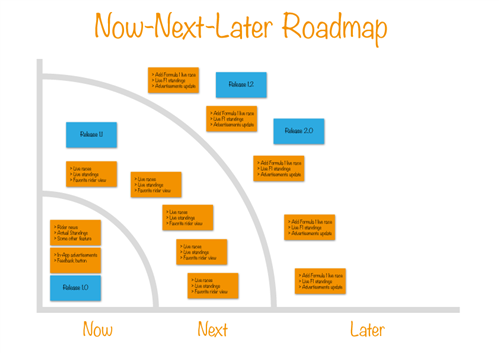
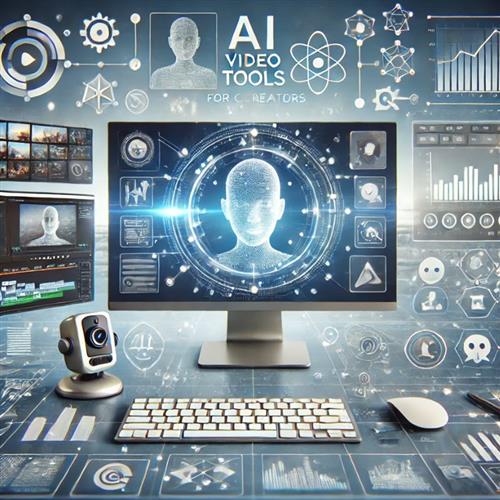
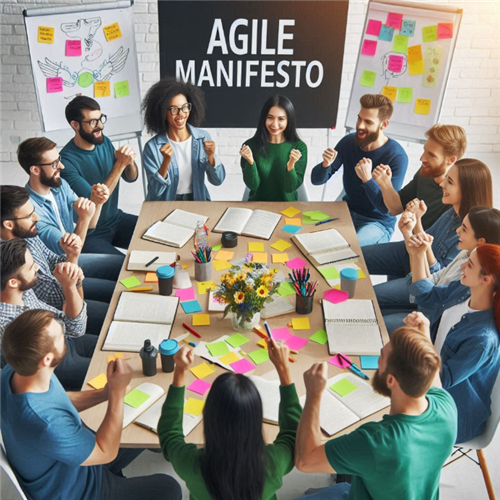

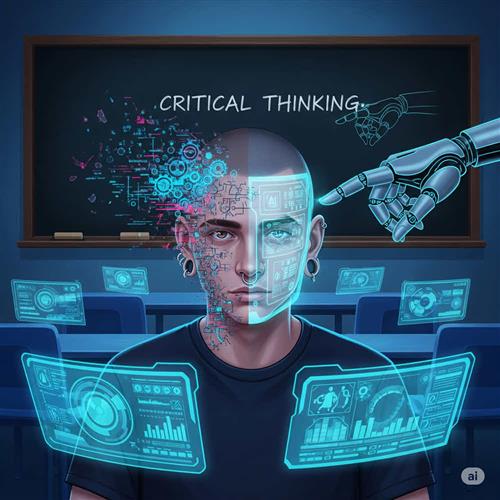
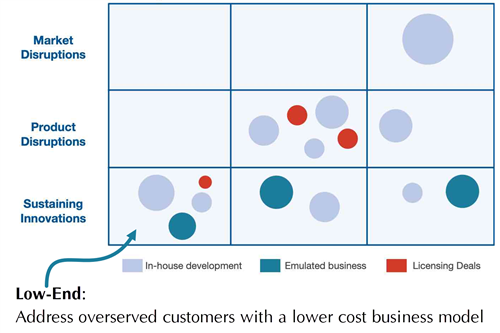
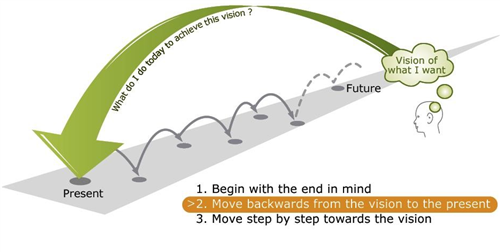


04102024050214_thumb.jpg)










 Recently Updated News
Recently Updated News
